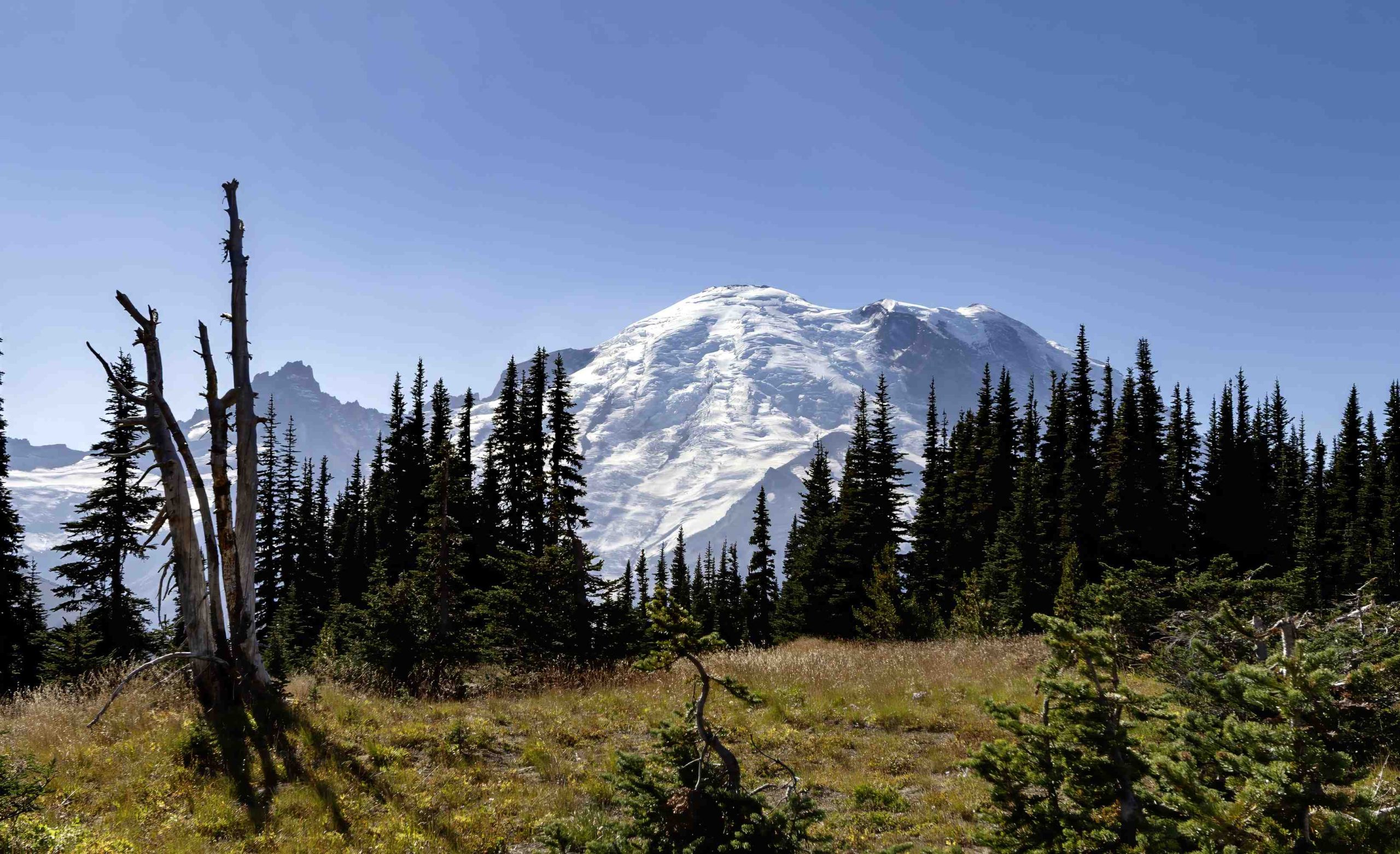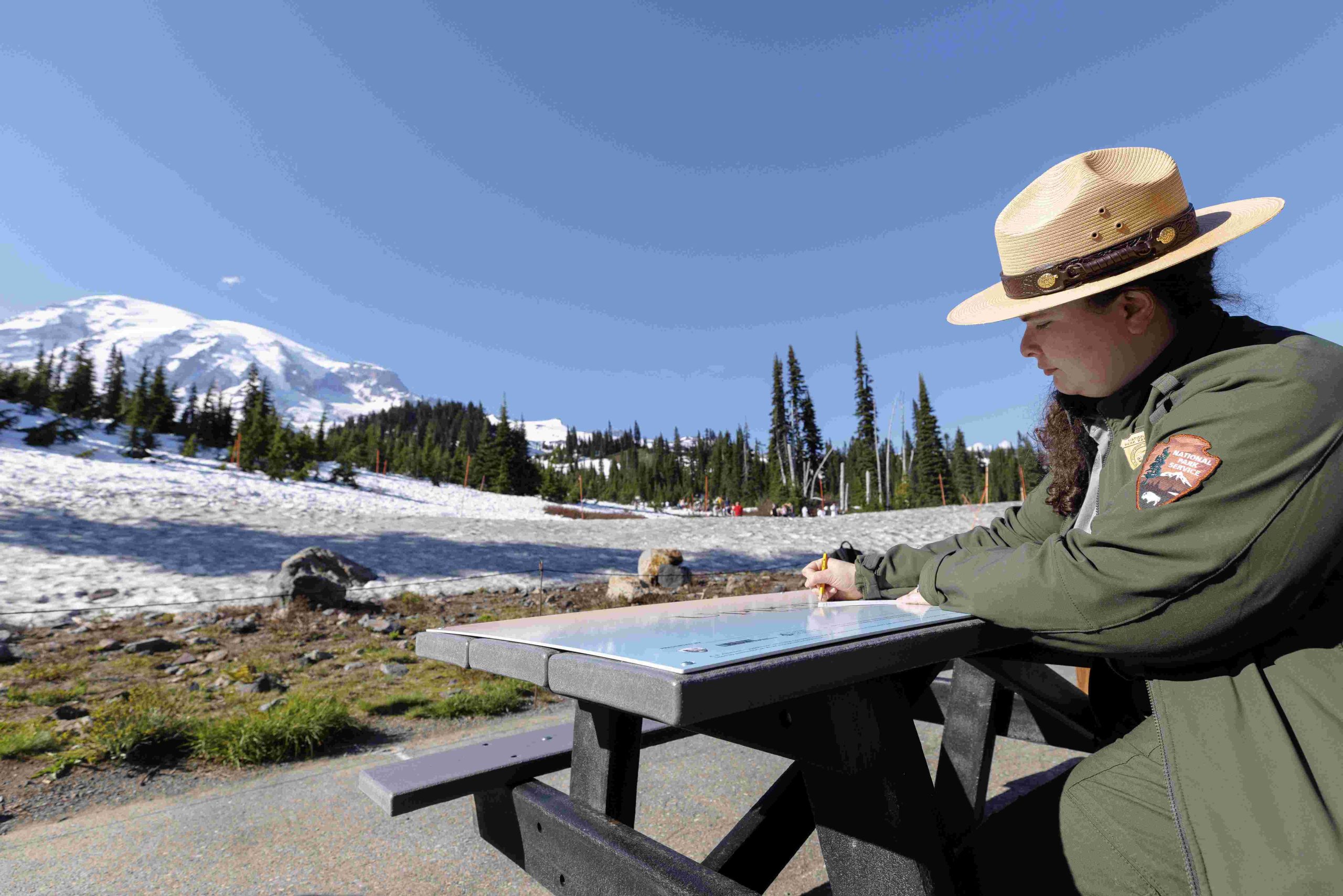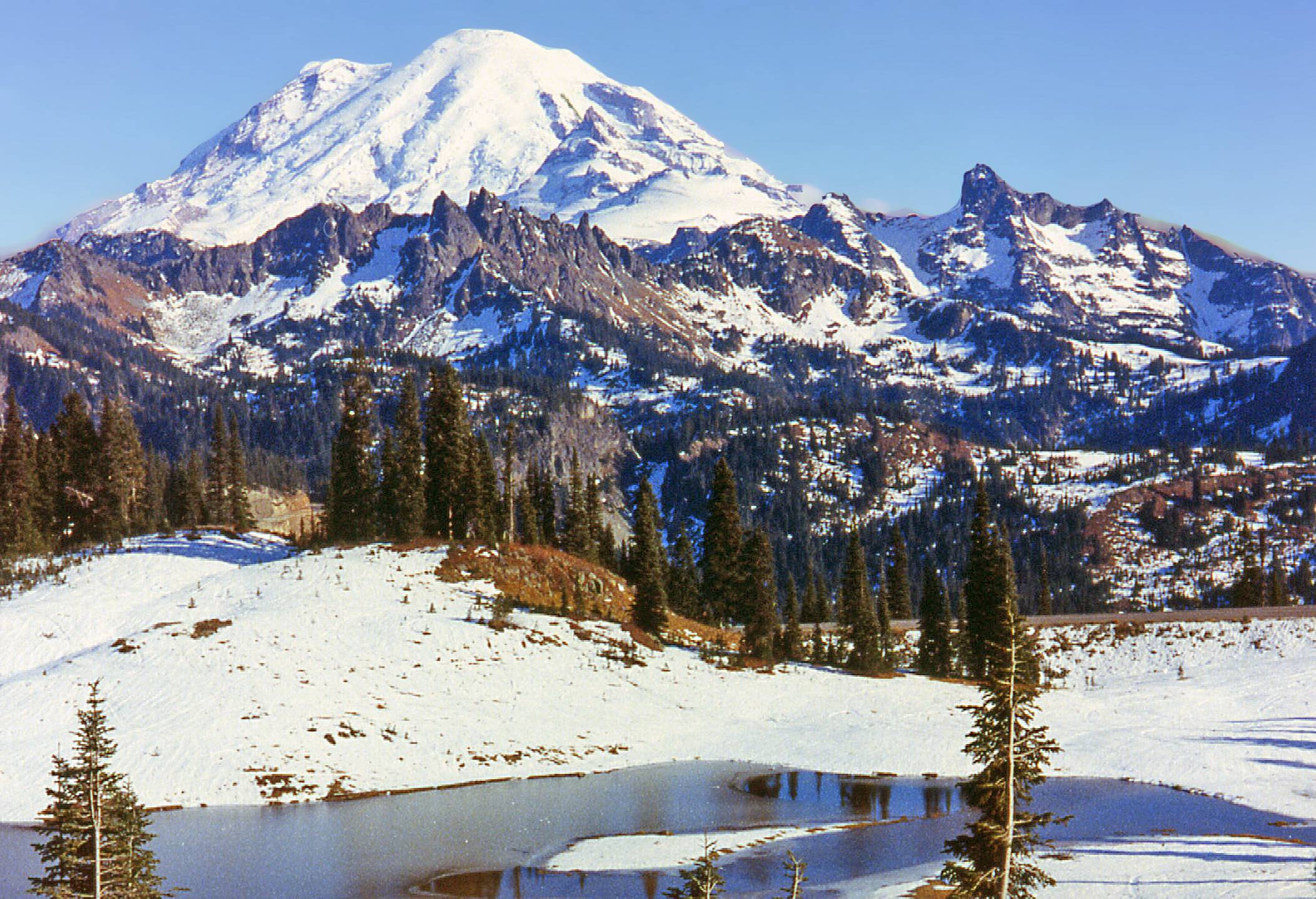Mount Rainier National Park is renowned for its stunning display of wildflowers that paint the landscape in vibrant hues each summer. The park’s diverse ecosystems and elevation ranges create a unique environment for a variety of wildflower species. From late June to early September, visitors can witness an awe-inspiring array of colors and shapes as different flowers bloom across various elevations. This guide provides essential information on the best times to visit, top hiking trails, photography tips, and flower identification to help you make the most of your Mount Rainier wildflower experience.
When is the Best Time to See Mount Rainier Wild Flowers?

The wildflower season at Mount Rainier typically spans from late June to early September, with peak blooms varying based on elevation and weather conditions. Here’s a breakdown of what to expect during different periods:
- Late June to Early July: Lower elevations begin to bloom, featuring early species like lupine and avalanche lilies.
- Mid-July to Mid-August: This is the prime time for wildflowers across most of the park, with a wide variety of species in full bloom.
- Late August to Early September: Higher elevations experience peak bloom, showcasing late-blooming species like asters and goldenrod.
Where Are the Top Wildflower Viewing Spots in Mount Rainier?

Mount Rainier offers numerous locations to admire its wildflower displays. Here are some of the best spots:
- Paradise Meadows: Known for its vibrant lupines, paintbrushes, and avalanche lilies.
- Sunrise Area: Offers panoramic views and diverse wildflower species.
- Reflection Lakes: Provides stunning views of Mount Rainier with wildflowers in the foreground.
- Naches Peak Loop Trail: A 5-mile moderate hike featuring a variety of wildflowers.
- Skyline Trail: A challenging 5.5-mile trail offering breathtaking views and wildflower meadows.
What Are the Must-See Wildflower Species at Mount Rainier?
Mount Rainier boasts an impressive variety of wildflower species. Here are some you shouldn’t miss:
- Lupine: Tall stalks with clusters of blue or purple flowers.
- Indian Paintbrush: Vibrant red or orange flowers resembling a paintbrush.
- Avalanche Lily: Delicate white flowers with yellow centers, often one of the first to bloom after snowmelt.
- Magenta Paintbrush: A striking pink variety of paintbrush.
- Broadleaf Arnica: Yellow, daisy-like flowers.
- American Bistort: White, fluffy flower spikes.
How Can I Capture the Best Photos of Mount Rainier Wild Flowers?
To capture stunning photos of Mount Rainier’s wildflowers, consider these tips:
- Timing: Visit during peak bloom season (mid-July to mid-August) for the most diverse displays.
- Lighting: Shoot during early morning or late afternoon for the best natural light.
- Composition: Include Mount Rainier in the background for dramatic landscapes.
- Close-ups: Use a macro lens for detailed shots of individual flowers.
- Weather: Foggy or misty conditions can add a magical touch to your photos.
What Should I Know Before Hiking to See Mount Rainier Wild Flowers?
Before embarking on a wildflower hike at Mount Rainier, keep these points in mind:
- Stay on designated trails to protect fragile ecosystems.
- Check trail conditions at visitor centers before starting your hike.
- Bring appropriate gear, including sturdy shoes, water, and sun protection.
- Be prepared for changing weather conditions.
- Respect wildlife and maintain a safe distance.
How Can I Identify Different Wildflower Species at Mount Rainier?
To identify wildflowers at Mount Rainier, use these resources:
- Park Website: The official Mount Rainier National Park website offers a wildflower guide.
- Visitor Centers: Park rangers can provide information and identification guides.
- Mobile Apps: Use apps like PlantSnap or iNaturalist for on-the-go identification.
- Field Guides: Bring a physical wildflower guidebook specific to the Pacific Northwest.
What Are the Park’s Regulations Regarding Wildflower Photography?
When photographing wildflowers at Mount Rainier, follow these guidelines:
- Stay on trails to avoid damaging fragile vegetation.
- Do not pick or remove any plants from the park.
- Avoid trampling flowers for the perfect shot.
- Obtain necessary permits for commercial photography.
- Respect other visitors and share popular viewing spots.
How Does Climate Change Affect Mount Rainier Wild Flowers?
Climate change is impacting Mount Rainier’s wildflower ecosystems in several ways:
- Earlier bloom times due to warmer temperatures and earlier snowmelt.
- Changes in species distribution as plants adapt to new conditions.
- Increased competition from non-native species.
- Potential loss of alpine species as treelines move upslope.
- Altered pollinator relationships affecting flower reproduction.
What Conservation Efforts Protect Mount Rainier Wild Flowers?
Mount Rainier National Park implements various conservation measures to protect its wildflower meadows:
- Trail maintenance to prevent erosion and protect surrounding vegetation.
- Visitor education on responsible viewing practices.
- Monitoring programs to track changes in wildflower populations.
- Restoration projects in areas affected by human impact.
- Research initiatives to understand and mitigate climate change effects.
By following park guidelines and appreciating these natural wonders responsibly, visitors can help ensure that Mount Rainier’s spectacular wildflower displays continue to thrive for generations to come.
References:
1. https://travelerbibles.com/best-time-to-visit-mt-rainier-wildflowers/
2. https://www.campscanner.com/blog/embracing-the-blossoms-mt-rainier-national-park-wildflower-season
3. https://visitrainier.com/wildflowers-on-the-sunrise-side/
4. https://www.sandandelevation.com/best-time-to-visit-mount-rainier/
5. https://mustloveroses.com/mt-rainier-wildflowers/

